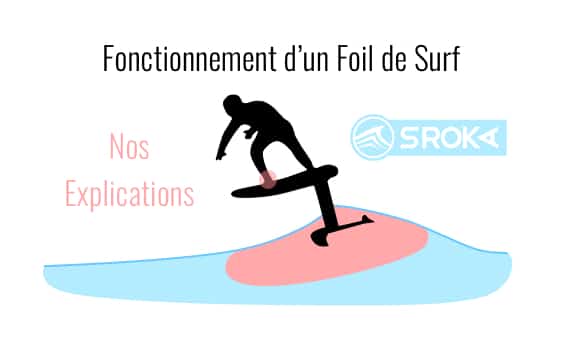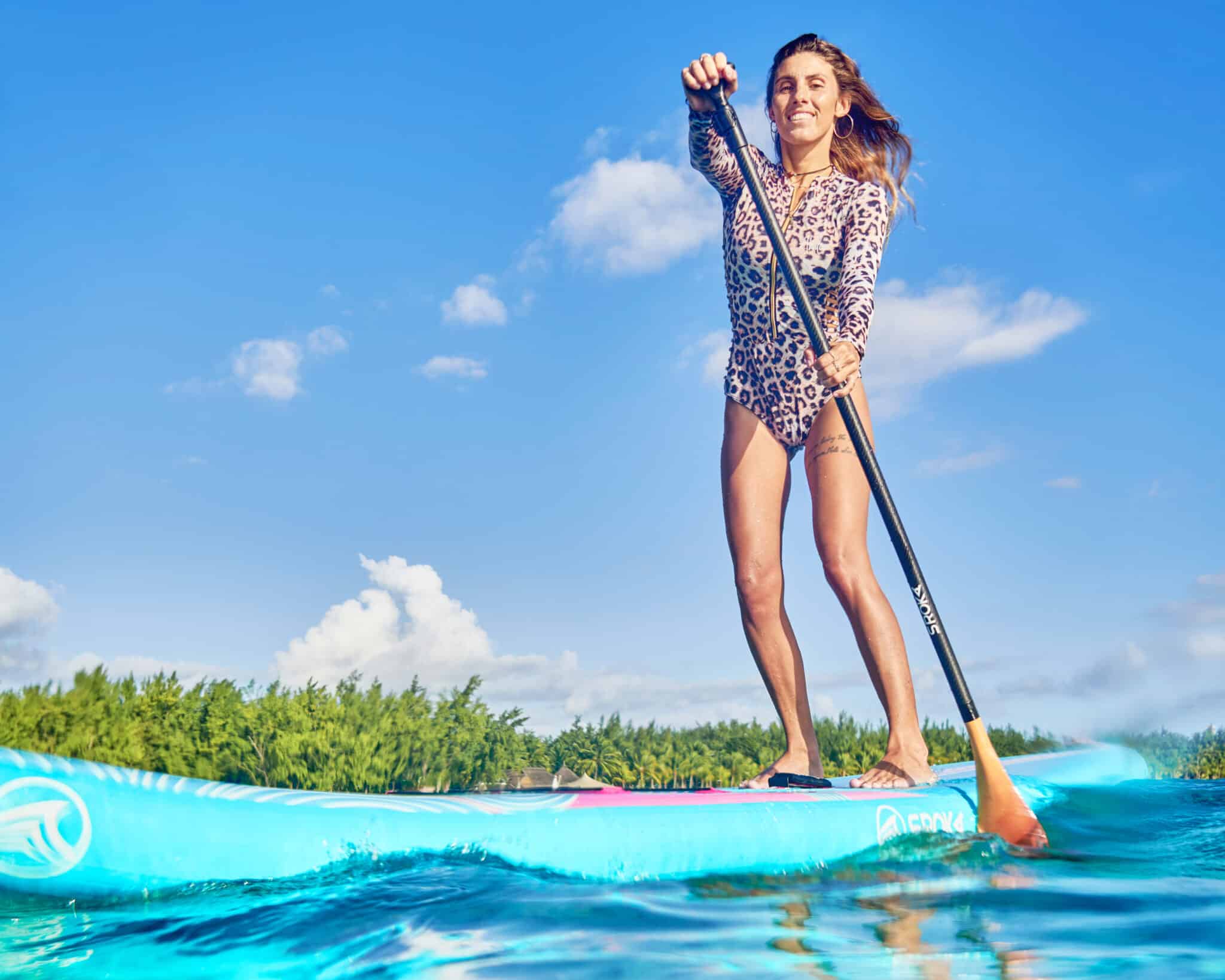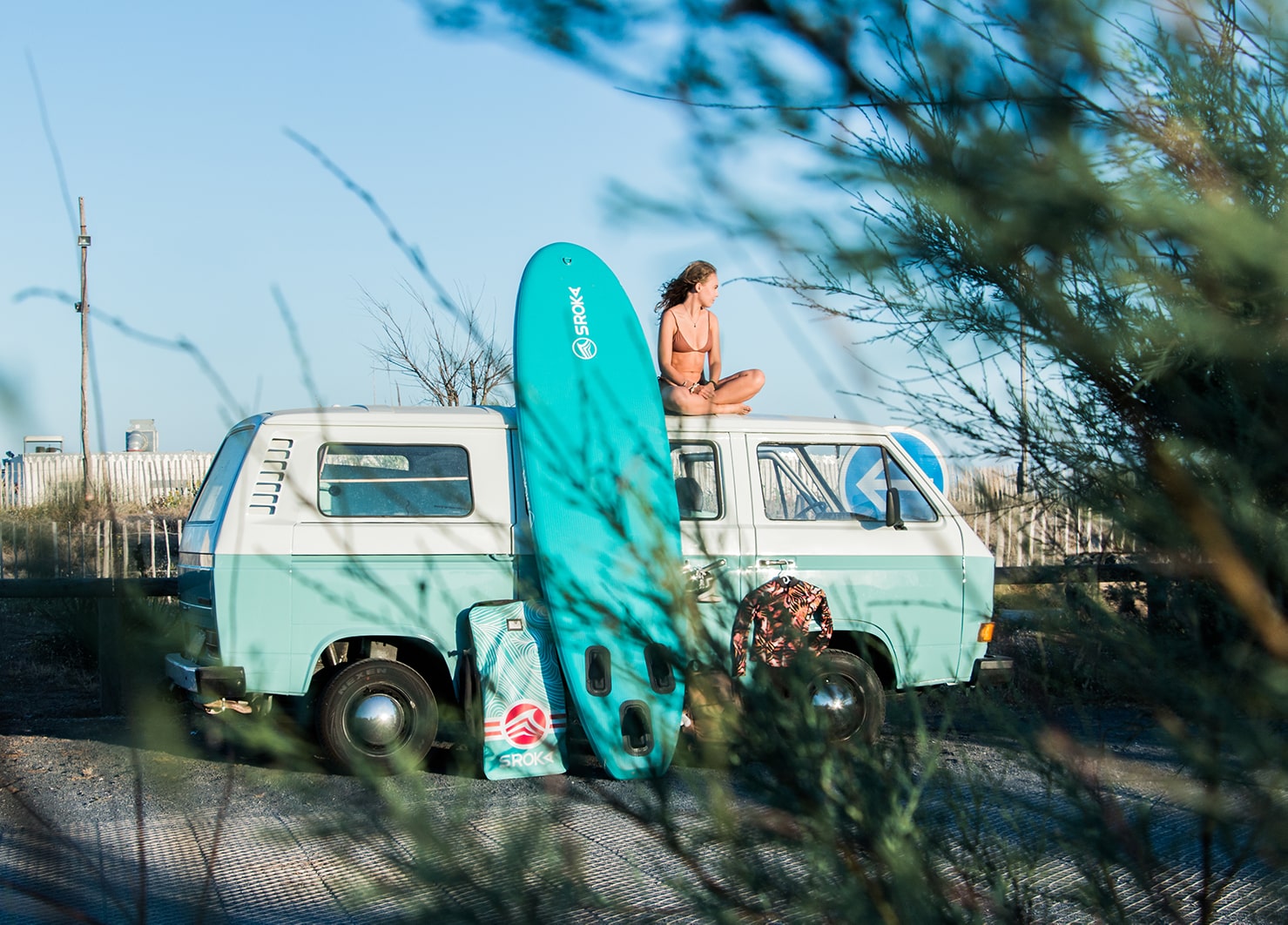Louis-Arnaud surf-foil in Mauritius, equipped with the Fast Flyer 4’6 board and the High Aspect 1190 Lift S-foil Summary Composition of a surf foil Principles …
3 tips for sailing up the wind in a wing foil
Wing foil, a discipline that has gained significantly in popularity since 2019, needs no introduction. This rapid evolution is a testament to the growing popularity of wingfoil and its notable impact on the world of water sports. Knowing how to go upwind in a wing foil is one of the most important criteria for autonomy. This is the necessary step to become autonomous in your practice. So let’s go over the essential steps and prerequisites to get you back on the wind. Follow our advice to go upwind if you want to progress quickly in wing foiling. You will gain in security and autonomy.
Understanding the basics of wing foiling and upwind
Under sail, no boat is capable of going upwind into the wind; Yet, it continually pushes us in its direction. To compensate for this, our predecessors found a way to go upwind. The principle is quite simple: you come to “grab ground” as you go from edge to edge, little by little. We zigzag into the wind. It’s like in the mountains, it’s hard to climb a mountain in a straight line, you have to “zig zag”. Going upwind allows you to move anywhere on the water and to be totally autonomous on the spot.
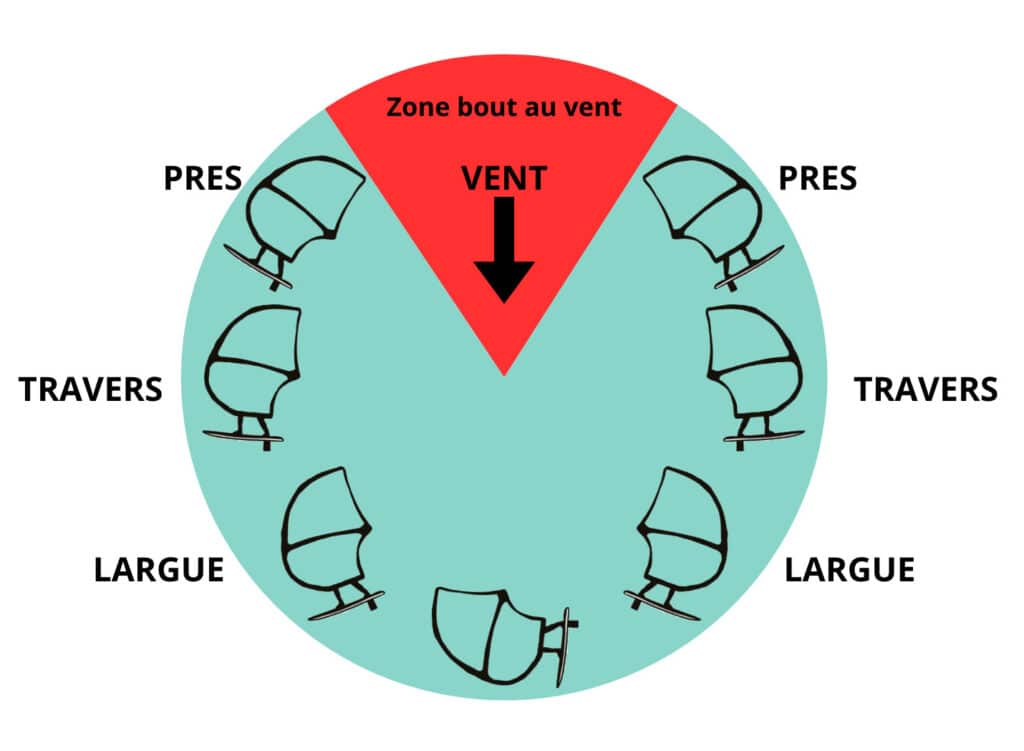
1. Upwind
In sailing, we call our directions points of sail, upwind is one of them. This is the pace that will allow us to go upwind; It is located between the crossing and the windward end. It is therefore limited by perpendicular to the wind on one side and the stopping of the boat on the other side (which is indicated by the red zone in the table below).
2. Position and balance
To go upwind, you will have to put the foil in a particular position (the counter-heel, i.e. the board must be leaning towards the wind by pressing mainly on the heels. The goal is to orient your board slightly towards the wind. (The nose of the board is slightly oriented towards the wind) To do this, you press on the heels, which will have the effect of tilting the board slightly. For a comfortable tack, you need to find yourself in a kind of balance: the wing pulls you (downwind), the foil pushes you. You’re in between and you have to be in balance. You have to feel that exact point where the balance is perfect, that point where you are in control of the situation and where you are in control of your trajectory.
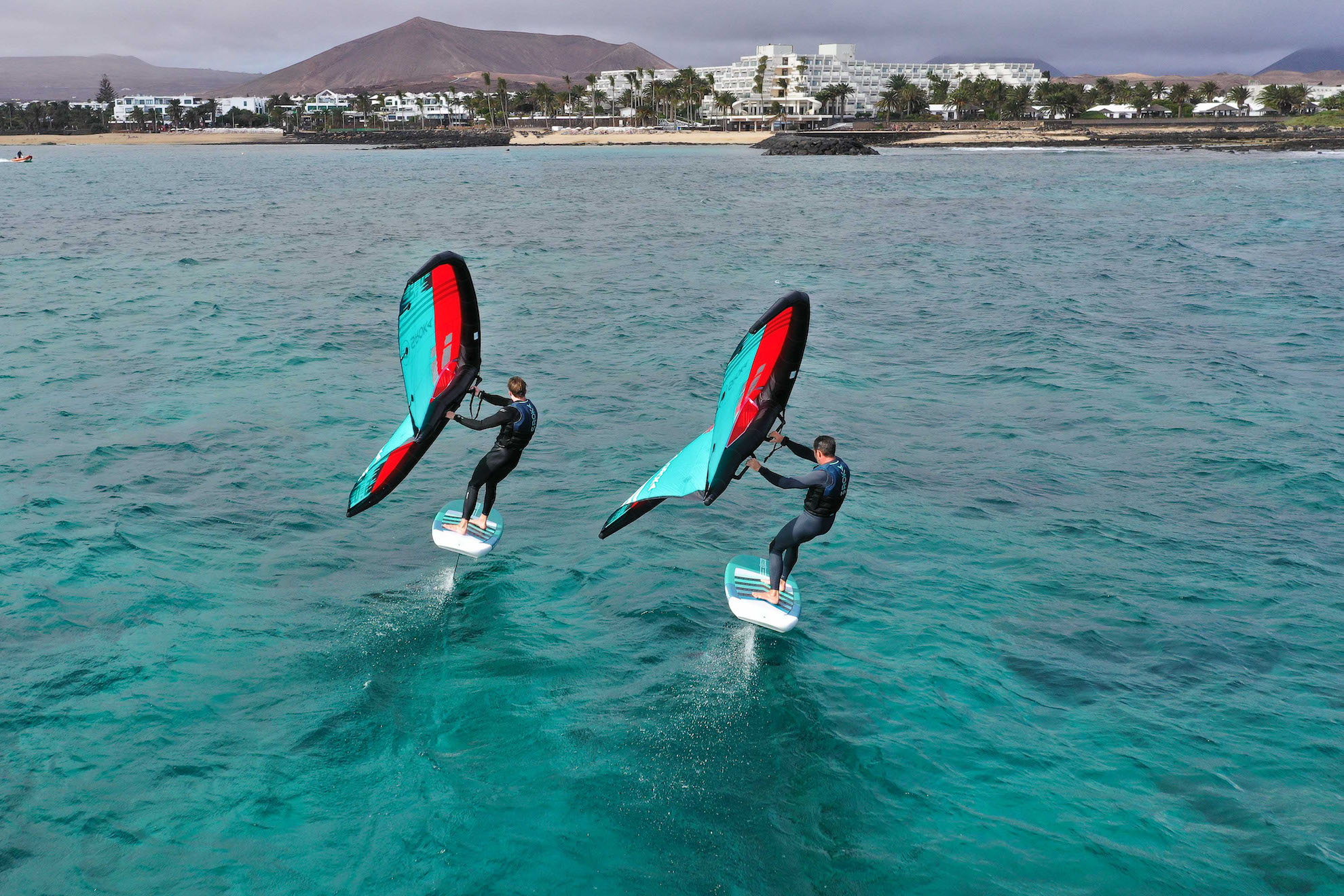
The position on the board varies from one rider to another, where some prefer to have the back foot off the strap, others prefer to keep it, as you wish. The main thing is to feel serene, because the more you are, the more you will be able to accelerate to make your course effective. A slight bend of the legs allows you to better control your foil by better management and responsiveness of your supports. Get into a position that allows you to press lightly on your heels in order to tilt the board while being comfortable. A simple landmark, when you go upwind, you feel like you’re putting your buttocks back, keep this in mind when you sail (by off-centering the gravity ash you will be able to have more counterweight and therefore transmit more power in the foil to make the foil go up). The wing is placed slightly lower than normal, (almost in front of you) this allows you to develop a stronger horizontal force. Be careful, however, not to touch the water with your wing’s ear, or you will go and say hello to the fish. Depending on the wings you use, depending on their profile, you will have to more or less edge your wing, i.e. pull on the back hand. Find the point where your wing develops the most power possible! (try pulling a little less or a little more).
Testimony” (Jules Bustin, sailing instructor): “The most frequent mistake I observe is the position of the body. Riders let their shoulders go forward, with the wing. You have to straighten up, the shoulders should almost go slightly back to allow you to contain the pull of the wing. So stand up and be proud (shoulders back, pecs forward).”
3. The upwind angle:
To put it simply, the VMG is the trade-off between the CAP, i.e. between the angle of your upwind ascent and the speed. It tells us how effective our upwind is in relation to an objective.
Still with a view to simplifying, if we go up tightly to the wind (closest to the wind), our speed will be very low, but the distance to be covered will be less. On the other hand, if we are sailing almost abeam to windward, our speed will be high, but so will the distance to be covered to reach the same point. The VMG is therefore the best compromise between these two extremes.
4. The notion of giving and refusing:
These are the wind variations discussed just above. An adonante is when the tide turns in your favor, that it allows you to gain even more ground. A refusal is the opposite, it’s when the wind turns against you. In regattas, it is said that you should always tack when you are hit by a refuser and take advantage when you meet a refusal.
These effects can be due to a coastline effect or clouds or a change in direct wind. So knowing the effects of the ribs is fundamental to optimize your upwind.
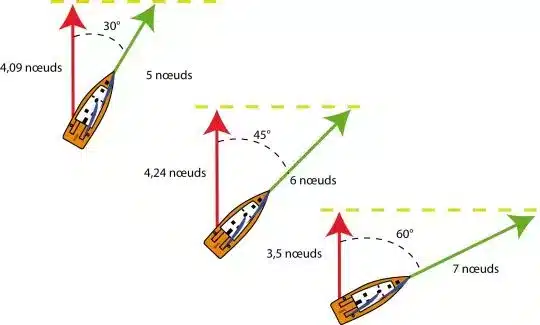
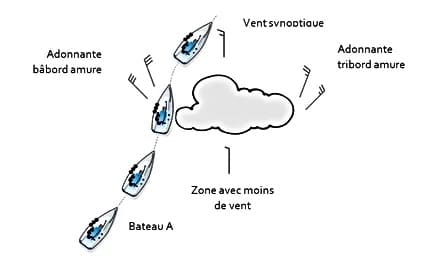
Upwind techniques
Going upwind is basically like zigzagging on the water, at least that’s how you present it when you’re trying to explain it to kids. The real word is swerving. The term “edge-pulling” is commonly used. This consists of making the widest possible round trips on the body of water towards the wind.
Pumping can allow you to gain a few degrees and maintain your speed. (very often used in competition) There are two distinct pumpings, the wing and the foil. The pumping of the wing must be done with both arms simultaneously, it resembles a fall pumping that could be done in windsurfing. We use the elasticity of the shoulders to generate power. The pumping of the foil is done by the propelled variation of the flight height, this means that you will press alternately on the front and back leg to make the foil oscillate and accelerate the board. In any case, learning all the techniques and maneuvers specific to our sports (wing, kite…) and especially in foiling sports, takes time. So, be patient and get in the water when conditions allow and when you feel it.
.
Understanding the basics of wingfoiling and upwind
There are two possible scenarios when sailing:
- or we sail with a harness,
- or without harness.
In both cases, the position of the body is essential.
- With the harness, you will bend your legs a little more, so as to press as hard as possible on the foil but not only, observe the position of the foilers, they all have their buttocks back, their center of gravity is far from their board and the vertical of their foil, this allows a better grip in the water.
- Without a harness, the pull of the wing will eventually tire you, bending your legs will generate a lot of traction in your hands. That’s why, without a harness, you will try to sail with more finesse by straightening up (aligning your feet, pelvis and shoulders).
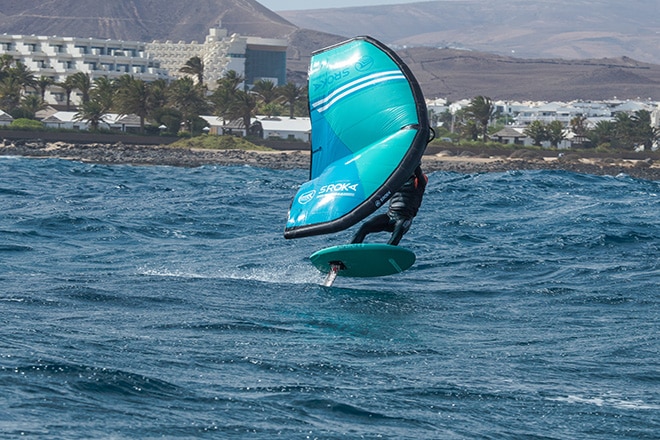
Progress in his upwind ascent
To progress, you have to practice! Although it seems obvious, too many riders are content to stay in one place during their sessions. Don’t fall into it, go exploring, go back up, go down… Get out of your comfort zone to confront yourself with a multitude of varied situations that will allow you to progress. For more online tutorials, YouTube is an exemplary database with content in both English and French. Among the channels that offer their services, SROKA’s “Sroka company” is recommended.
In conclusion, going upwind in a wingfoil is not a matter of magic or extraordinary abilities, it is a question of reflection more than technique. Regardless of your background in board sports, any rider can ride upwind. Sometimes it’s just a matter of time and determination.
To make better progress, you can analyze your trajectories with a GPS or a phone but also, we advise you to progress with others. There’s nothing better than being able to compare yourself with a buddy on the water and try to be better than him. Emulation allows you to progress faster on the water.
If you still have questions about this, or for any other request, please do not hesitate to contact us !
Article you may be interested in
Did you know that paddle boarding is a great way to strengthen your body? Not only does this activity allow you to escape on the …
Are you looking for an inflatable paddle board for the summer to sail at sea or in lakes? The inflatable paddle board really has a …
What is Wing Foil? Wing Foil is the latest in board sports. This consists of manipulating a wing held with both hands (“wing”) with a …

